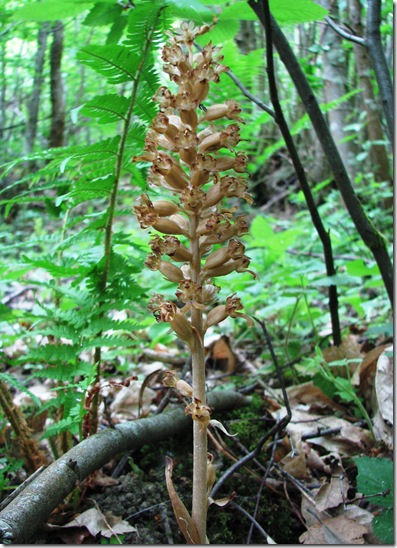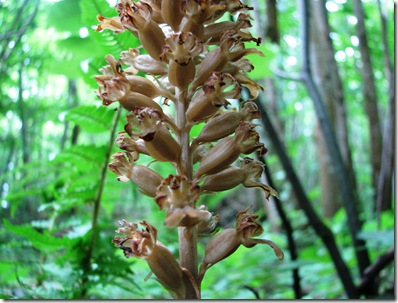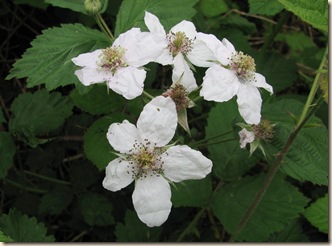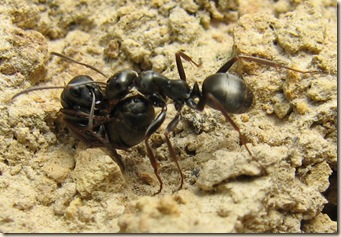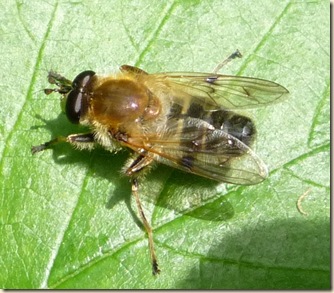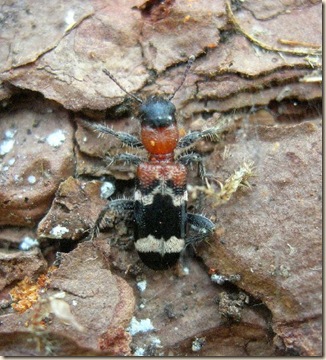On a walk I was leading in Brede High Woods today, we came across one spike of the strange bird's-nest orchid (Neottia nidus-avis), a plant I have never seen in this part of East Sussex before. It was in an area of shady chestnut coppice in a place where there is large number of twayblade orchids (Neottia ovata).
The twayblade has recently been moved to the genus Neottia, so both plants may like similar conditions. I suspect they prefer places in Brede High Woods where there is a particularly high lime content in the soil, perhaps due to some earlier human activity.
The bird's-nest orchid is myco-heterotrophic, meaning the roots of the orchid draw nourishment from subterranean fungal mycorrhiza and not from decaying wood and other vegetable material as was once thought. None of the plant contains any chlorophyll.
Since the turn of the century this species has vanished from many of its East Sussex locations and is now most often found in beech woods on the Downs, especially in West Sussex. It also is said to prefer wet springs, so it seems that we were lucky to find it in this exceptionally dry season.
